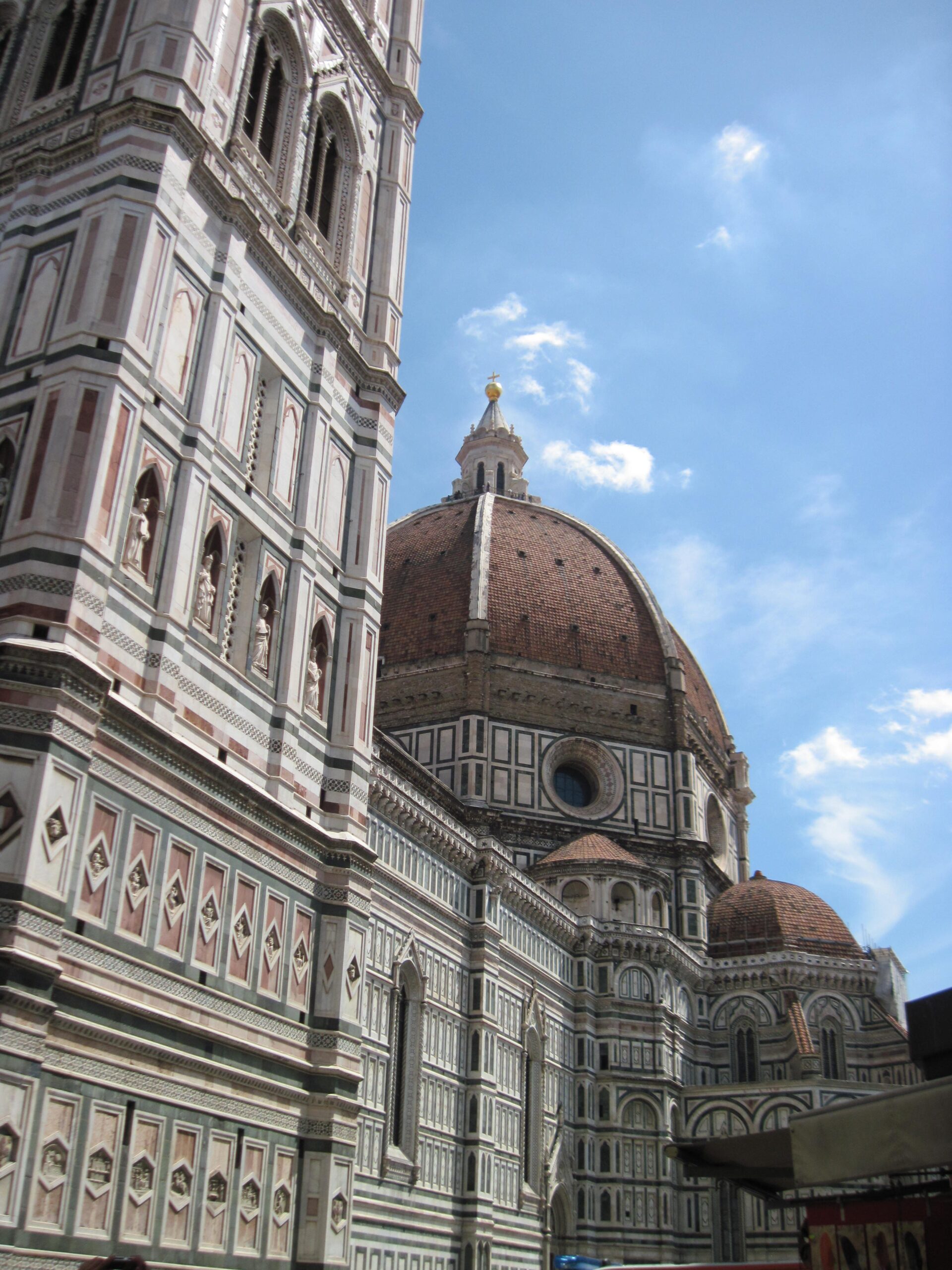
Coffee, Clouds and Italy
I am in a writing group and when we first started together we decided one of our prompts would be to talk about what reoccurring themes or things we tackled in our writing. This was the piece I wrote and I thought I would share it.
An excerpt from my book Big Trouble in Little Italy:
We sat outside one of Lorenzo’s favorite café’s in the Piazza Repubblica. Famous for being the birth place of futurism. An artistic movement that emphasized speed, movement and youth. I think.
He ordered several pastries and cappuccinos, fresh squeezed orange juice and sparkling water. From where I sat, I was able to watch the early morning tourists and locals as they lazily crossed the worn cobblestones of the piazza and began their day.
The sun played hide and seek among the fast moving clouds, sending illuminating rays of golden Tuscan sun to highlight the deep, earthy terracotta rooftops.
To me, that’s a perfect culmination of what I write about the most, all those coffees and clouds in Italy.
I wear my Italian heritage as a badge of honor. My sister moved back to the motherland fifteen years ago for school, then she met a man, got married and now is raising two Italian babies in the heart of Florence.
I talk about my sister’s life in Florence a lot. It’s so much more interesting than talking about my own life. Living a foreign life just outside the city center, speaking Italian fluently, stopping by cafés for a quick cappuccino and breaking up her shopping among different specialty shops: fruttavendolo -the fruit vendors; panifico – the bread store; and macelleria – the butcher. That life appears more decadent and exciting.
A few years ago at a family reunion, people flocked to my sister, “tell us about Italy and your life there” they asked breathlessly.
I live in Idaho. No one asks me about my life in breathless wonder. There are no raised eyebrows. No one oohs dramatically or gets a far off look in their eyes. Instead, there is a confused frown and, more often than naught, a lame potato joke.
Compared to Italy, Idaho seems so very ordinary; so every day boring. We who live here know the truth, but still, when friends and family look at their respective vacation calendars, no one ever circles a date and declares, “finally, we get to go to Idaho!”
So I’ve become the person who tries to be cool through association.
“My sister lives in Florence Italy therefore I am really cool and international, please be my friend!!”
I sprinkle the fact in conversation so much I imagine people want to hold up their hands and declare, “we know, we know. You have a sister living in Italy. Here’s your prize.”
It’s not just my sister, though. It’s familial pride. It’s a longing for stories and history that are ingrained in the dirt of Europe. Being from a young country, I idealize a millennia of historical heritage. I long for a belonging like il mio cognato, my Italian brother in law has. His family home in southern Italy has seen at least 3 generations in the same home, if not more. And that sort of stability comes with a more intimate knowledge of the history of his ancestors.
I’ve always been called to History, the story of place, the story of the people. But my love of Italy began with the food. Particularly our family’s spaghetti and meatball recipe.
Every Italian I’ve come in contact with has a particular way they made their sauce. Some use olive oil when frying the meatballs. Some put breadcrumbs and parmesan in their meatball mixture. Some sauté tomatoes and garlic first before adding other ingredients. So many minute differences for a ‘traditional’ sauce, just enough to make sure that nonna’s, grandmas, personality still shines through.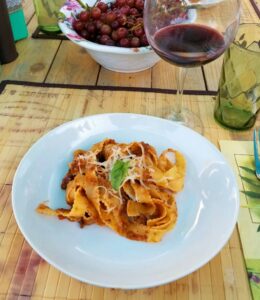
Language came next, just as babies learn to first eat and then speak. High school I needed to decide which language I was going to take. So I took a language that came with good history and stories. I took four years of Latin. The language itself was tedious and laborious, but the history lessons of ancient Rome sprinkled about the class kept me grounded.
I graduated taking only two concrete concepts from that class. The first: “Semper ubi sub ubi” means “always wear your underwear.” And second, if I ever wanted to learn how to speak Italian, I already knew it because “Italian was just Latin in the ablative form.”
The end of high school years come with the metaphor of spreading ones wings, or learning to walk. I knew how to eat and speak, it was time to walk the land.
The year I graduated High School, my choir went on a European Tour. In Florence, on the steps of Santa Croce is where my love affair with Italy took root.
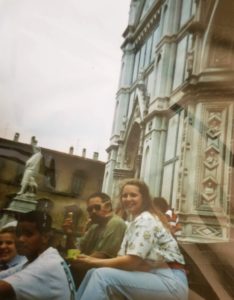
Santa Croce is where Machiavelli, Galileo and Michelangelo are buried. It was the end of June and warm. Tourists swarmed around us, flies attracted to the honey of history.
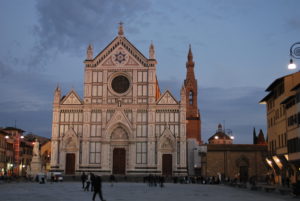
Sweat pooled in my lower back and for some reason I was wearing jeans.
It was here a weird, simple little thought caught me unaware.
Was it the water?
I wasn’t sure what I had been thinking about really, other than the heat and it was hot, but that one simple thought struck a chord deep enough that I still recall the moment it crossed my mind. And it’s such a ridiculous little thought, as far as thoughts go.
But was it the water? Was it the water of Florence that incited such talent? How did all those talented people find themselves confined in the same place? What was it about this city that drew men together under one glorious Tuscan sky?
Of course, now, older and wiser, I have answers to those questions. The Medici Family and their sponsorship of the arts, sciences, philosophy and architecture (to name a few) brought these men together in one place. Florence was where the money and opportunity lay. So now, I often find myself in a dreamy philosophical quandary, was it the artist that created the renaissance or was it the Medici?
For the sake of my romantic spirit, I tend to bend toward the idea of fate and a symbiotic relationship.
The final solidification of my love for Italy came a few years later, when my dad decided to take his mom back to the homeland. It was a trip akin to all the National Lampoon’s Vacation movies. It was the hottest summer Europe had seen in 500 years and there we were, adding our dripping body odor to other tourists as we crowded around historical sights.
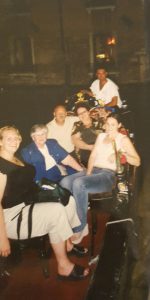
Once again it was in Florence where lightning stuck. We took shelter in the Duomo. I sat with my grandmother in a pew as her head bobbled back and forth, trying to take in the grandeur of the structure we were seated. Then, my New York Italian grandmother gestured to the whole of the inside of the Duomo and slapped me on the knee, “look at this. Would you just look at this?! This is what my people did. I’m so proud of my people.”
That was the moment, when my love of Italy solidified into something more than admiration and dreams, it began to encase a sense of home. It was as if I was given permission to embrace my heritage in that moment.
I’ve been running after Italy ever since. Trying to find a way to belong. Struggling to find a way to settle back into the bosom of home. Attempting to capture the magical moments I’ve experienced; desperate at times to hold the whole of a country in my grasp. Dreaming of living half a life in Italy every year.
One attempt to hold fast to Italy, is through my writing. I have three books set in Italy. My Italian books. I try to encompass my experiences, to paint the Tuscan light with words. To express the hum of the colosseum in black type.
I’ve walked along the Arno River, the life blood of Florence, in the cool spring rain. An umbrella haphazardly perched on my shoulder. Unaware of the mist collecting on my face as the green blue waters rush by.
I’ve gone dreamy eyed over the way low clouds hugged the Ponte Vecchio, the old bridge, as it stretches its ancient collection of small peach, orange, yellowed stucco shops across the Arno.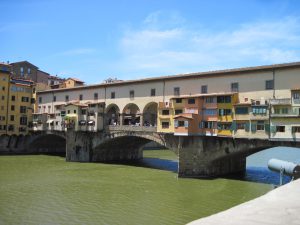
I’ve bundled myself against the November cold after crossing the old bridge and turning down a narrow corridor that leads to the Uffizi museum. The uffizi, offices, once belonged to the Medici but now house desperately gorgeous piece of art, like Botticelli’s Birth of Venus.
Every few feet along the corridor is a column and in each column, about six feet off the ground is an alcove that holds a sculpture. Sculptures of men who helped define the Renaissance. A who’s who of that golden age. Galileo holds the telescope he used to spot the moons of Jupiter. The father of the Italian language, Dante, wears a laurel leaf crown and holds the lyre of a poet. Michelangelo stands with a chisel and hammer by his feet. Leonardo da Vinci holds a tablet in his left hand, and looks out from his alcove with a serene glance over the world he helped influence.
I drop off a quick prayer at the feet of Boccaccio, a famous Italian writer of the 14th century. He stands forever marbleized holding a book lightly in his hand, a finger keeping his place where he was interrupted. His gaze on the horizon, as if he just figured out how to describe it.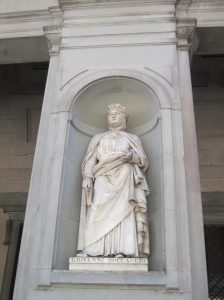
Each step through Florence, each turn, each gaze, brings about a new wonder for me.
I’ve spent a cold Valentine’s Day in Florence, not in a romantic embrace, but rather, alone. Settled on the steps of the loggia, a covered open air sculpture garden in the Piazza della Signoria, as the sun set. I wrote mad, mindless dribble as the creations of artists who died hundreds of years ago kept me company.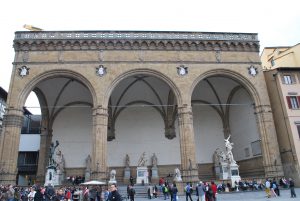
In the heat of the summer, standing on the worn cobblestones of the Roman Forum, I’ve pressed my hand to my chest to settle the ache induced by the view of the setting sun behind the colosseum, struggling to find words and express color as the last rays of sunlight illuminated the gray stones.
I must admit, when I scrape together just enough money to visit Italy, my first order of business upon landing is an Italian cappuccino. I write about this all the time, the Italian Cappuccino. I’m a snob when it comes to my cappuccino. I have written thousands of words about espresso and cappuccinos. My tired feet have carried me across countless ancient stones of Italy and into as many café’s as they have historical sites.
A symphony of clinking cups and spoons being set upon saucers, is the welcome greeting every visit. I’ve worked hard to learn the Italian language and always wonder if I studied just to have the ability to order my favorite drink in my favorite city in the tongue of the locals.
I stand at the bar, because that’s how you do it. A coffee is meant for sipping momentarily here, not lengthy contemplation.
“Posso avere un cappuccino?” (poh-so ah-ver-ay un cap-pu-chino) Can I have a cappuccino, I ask a tidy barista. A nod of the head is the only answer I’ll receive. A saucer is placed before me along with a spoon. And with a scream of steam and gurgle of the espresso machine, my cup is placed atop the saucer. I add a little sugar, give a swirl and then comes that fine moment. When the world stands still and my mouth dances in anticipation of the first sip. I revel in my drink. And still, I know this is not a moment that should be lingered over, so I finish my drink in three sips the way the Italians do. I give a wave to the barista and “grazie”. I pay my fee for my personal extravagant moment and head back out into the busy streets. My quest continuing to be embraced by my ancestors.
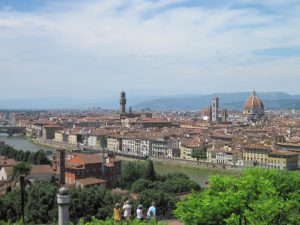

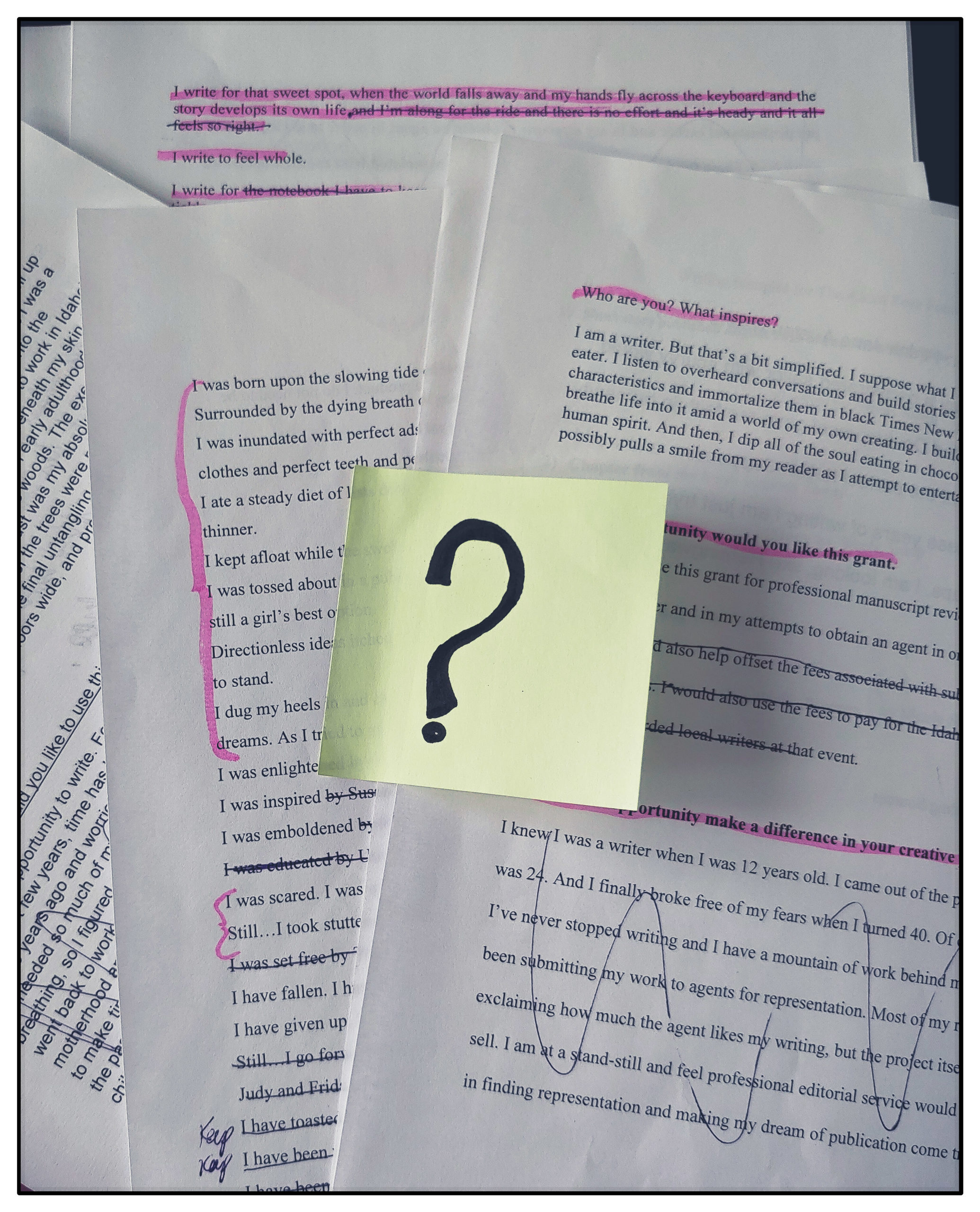
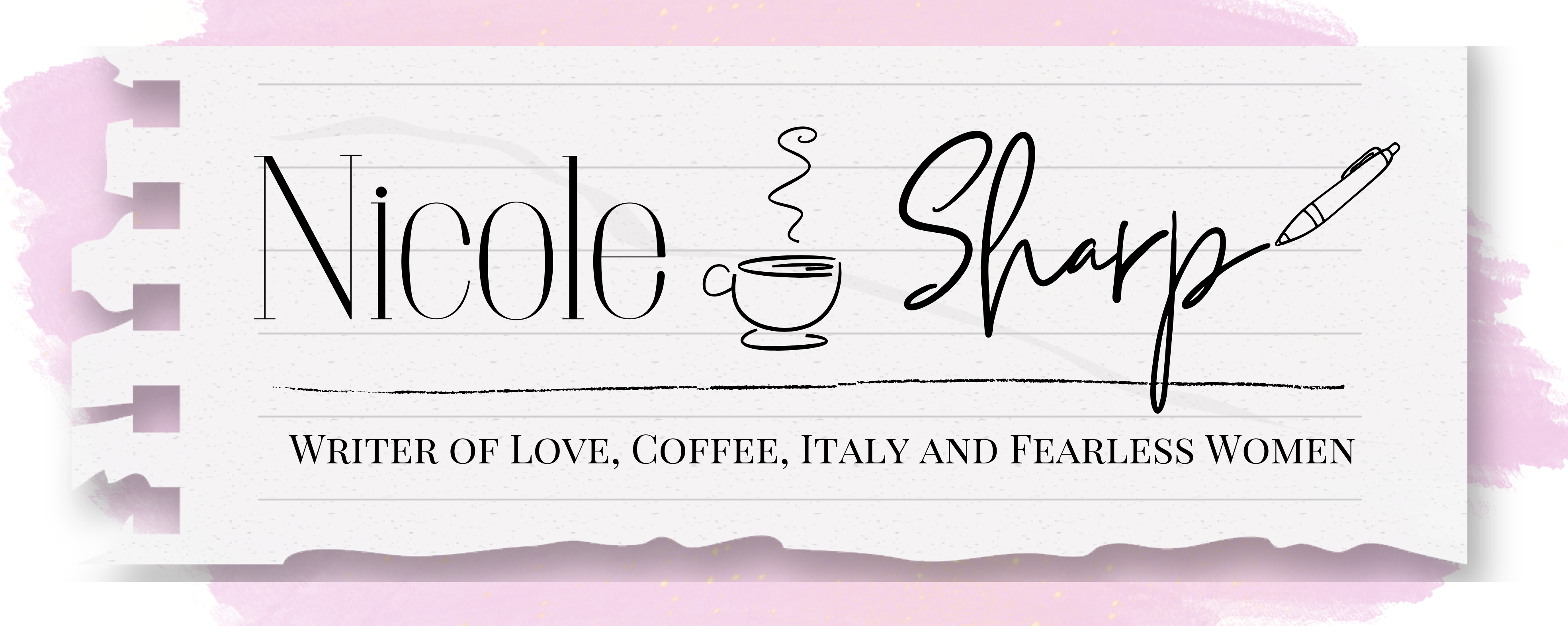
6 Comments
Bob Niccum
Wonderfully evocative and senses-stimulative!
Nicole Sharp
Thanks for always reading and the continued support! Can’t tell you how much it means to me.
Jewell Allen
Ahhh I love it and I love you! Thank you for taking us there to Italy ! I love that I’m sitting here in a dr office, (feeling very nervous) then….click, I’m transported away by your words. Love you! And, oh that 1992 picture on the steps with Pro! Takes me back!
Melinda
Well Nik, you’ve once again transported me to this amazing city! Your claim to place is so much in your blood, and you can count yourself amongst the massive creative individuals who came before you. Hope you can live in Florence part-time one of these days!
Wilma Smith
Love the descriptive words. You definitely got us there almost in person….Love your style of writing.
Cher Sandmire
Nicole, this is fabulous! It took me right back to Italy. Thank you!